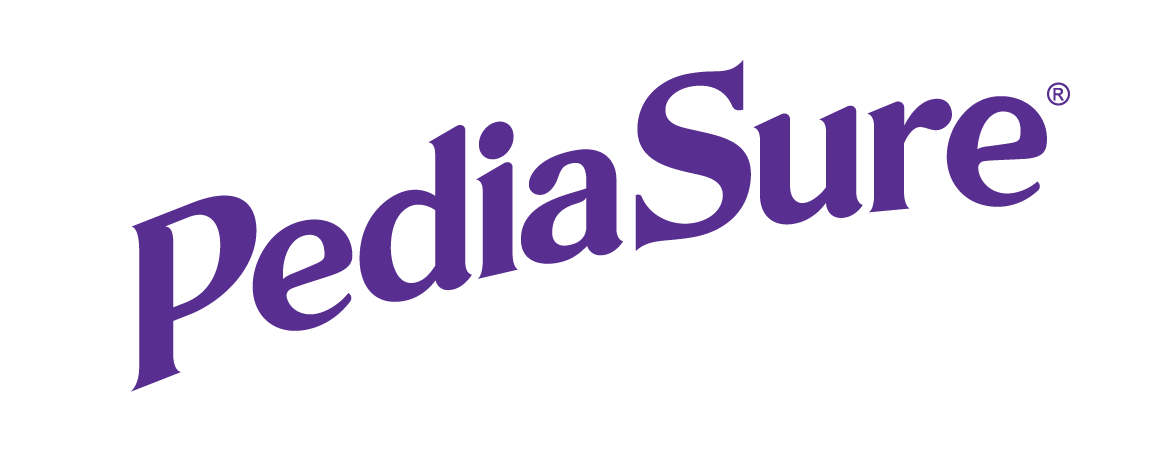Facts About Fibre for Children
benefits of fibre
You've probably heard a lot about the health benefits that come with a diet high in whole grains and fibre. But did you know that most children today aren't getting the fibre they need? According to the 2010 Dietary Guidelines for Americans, fibre is one of four nutrients of concern in a child’s diet. That's why it's so important that you provide a balanced diet rich in nutrients — including fibre. Be sure to offer your children a variety of foods from each food group at every meal, including a variety of fibre-containing foods like whole grains, fruits, veggies, and legumes (dry beans and peas).

why is fibre important for children?
Fibre plays an important role in supporting a healthy digestive system, and it helps keep the body's system clean and running smoothly. Foods that are high in fibre also have the added benefit of being filling, which can help discourage overeating. Plus, when combined with enough fluid intake, fibre helps move food through the digestive system and might reduce the risk of certain cancers, diabetes, heart disease, and digestive disorders.
good sources of fibre for children
A high-fibre food has 5 grams or more of fibre per serving, and a good source of fibre is one that provides 3 grams per serving.
Some of the best sources of fibre include:

Grains: Whole-grain breads and cereals, oat bran, brown rice, and barley

Fruits: Apples, oranges, bananas, berries, prunes, and pears

Vegetables: Green peas, artichokes, baked potatoes with skin, and legumes (e.g., dried beans, split peas, and lentils)
how to get children to eat fibre
According to the National Fibre Council, most children get half or less of the recommended daily amount of fibre. If you're already adding whole grains, fruits, and veggies to your children' diets, you’re on the right track — but you’ve also probably run into some challenges. Here are some ways you can incorporate more fibre into their diets.
9 Tips for Adding Fibre to Children Diets

Choose whole grain breads, bagels, and wraps as opposed to the white variety.

Pick cereals that list whole wheat or oats at the top of the ingredients list and contain at least 3 grams of fibre per serving.

Offer whole grain waffles or pancakes. They're higher in fibre. You can buy them frozen or make your own using a whole grain or
buckwheat mix.
Go for fibre-filled brown or wild rice instead of white rice, and mix in some veggies or beans.

For a fibre-rich dinner, serve whole wheat pasta or quinoa, and toss some veggies into the sauce.

Always choose whole fruit over canned fruit. Canned fruit is usually peeled, has less fibre, and might contain added sugar.

Top ice cream, frozen yogurt, or regular yogurt with whole-grain cereal, berries, or almonds for some extra nutrition.

When serving fruits like apples or pears, leave the skin on. That’s where the fibre is.

Choose oven-baked potato wedges with the skins over regular French fries. This picky eater recipe for Spicy Sweet Potato Fries is great as a side dish.


